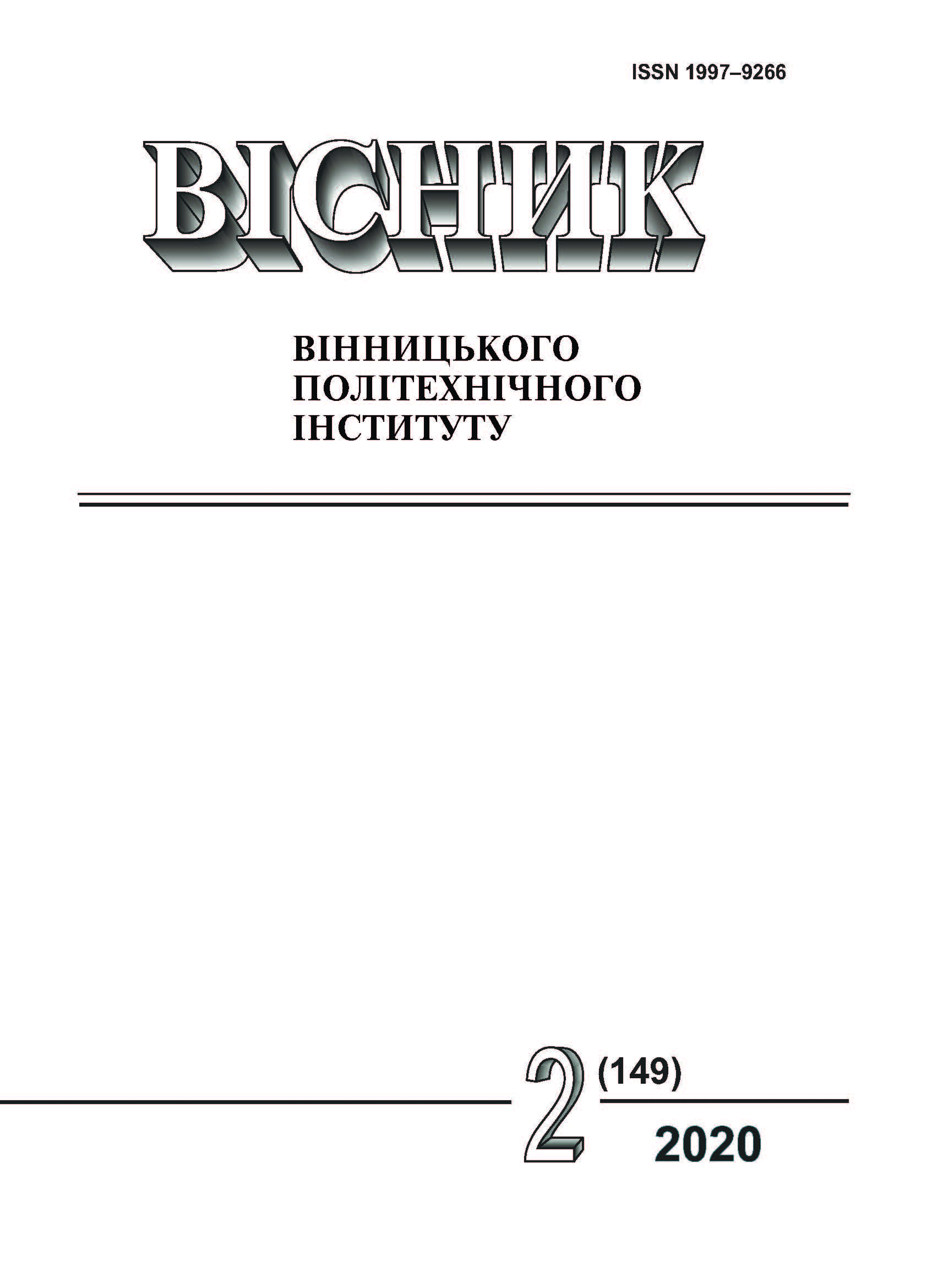Features of Determination of an Error of Installation as a Component of Machining Allowance
DOI:
https://doi.org/10.31649/1997-9266-2020-149-2-67-72Keywords:
minimum allowance, calculation and analytical method, basing scheme, installation scheme, installation error, baseline error, fixing error, part of the “Lever” typeAbstract
One of the important tasks of designing manufacturing processes for manufacturing parts is to designate optimal allowances for machining, since an unjustified increase in allowances leads to significant metal losses, increases the complexity of machining, and the appointment of unjustifiably small allowances may not ensure the removal of defective metal layers and achieve the required performance quality details. An effective means of determining the optimal allowances is the calculation-but-analytical method proposed by V. M. Kovan. In accordance with this method, the components of the minimum allowance are the height of the surface roughness and the depth of the defective layer formed during the manufacture of the initial billet or at the previous technological transition of machining, spatial deviations of the machined surface, and also the error in the installation of the billet in the machine tool adaptation to ongoing technological transition. Finding the first two components of the minimum pass is usually carried out using normative tables. The determination of the spatial deviations of the processed surface is discussed in detail in the scientific and technical literature. At the same time, recommendations for determining the installation error require some clarification. Thus, the aim of the work is to clarify approaches and recommendations for determining the installation error as a component of the minimum pass.
It is shown that finding the installation error as a component of the total processing error and finding the installation error as a component of the minimum allowance are significantly different. In the first case, this error is defined as the size dispersion field between the top of the tool adjusted to the size and the measuring base of this size, and in the second, it is found as the dispersion field of the positions of the machined surfaces of the batch blanks. Using this approach, the determination of basing and installation errors as components of the minimum allowance is considered using the example of boring holes in a workpiece of the Lever type.
References
В. М. Кован, Расчет припусков на обработку в машиностроении. Москва: Машгиз, 1953, 208 с.
В. В. Бабук, и др., В. В. Бабук, Ред. Проектирование технологических процессов механической обработки в машиностроении. Минск: Вышэйшая школа, 1987, 255 с.
А. Ф. Горбацевич, и В. А. Шкред, Курсовое проектирование по технологии машиностроения, учеб. пос. Москва, РФ: ООО ИД «Альянс», 2007, 256 с.
О. В. Дерібо, Ж. П. Дусанюк, і Т. М. Горук, «Застосування розмірного аналізу у визначенні мінімального проміжного припуску на механічну обробку отворів у корпусних деталях,» Вісник Вінницького політехнічного інституту, № 4, с. 77-80, 2009.
В. Б. Борисов, и др., А. Г. Косилова, и Р. К. Мещеряков, Ред, Справочник технолога-машиностроителя, в 2 т, т. 1. Москва: Машиностроение, 1985, 656 с.
О. В. Дерібо, Основи технології машинобудування, ч. 2, навч. посіб. Вінниця, Україна: ВНТУ, 2015, 112 с.
В. М. Кован, и др., В. С. Корсаков, Ред., Основы технологии машиностроения, Москва: Машиностроение, 1977, 416 с.
О. В. Дерібо, і Ж. П. Дусанюк, «Особливості визначення складових мінімального припуску для розточування отворів в заготовках деталей типу ″Важіль″,» на XLIХ Науково-технічна конференція підрозділів Вінницького національного технічного університету «НТКП ВНТУ-2020» (Вінниця , 11-20 березня 2020 р.), с. 4. [Електронний ресурс]. Режим доступу: https://conferences.vntu.edu.ua/index.php/all-fmt/all-fmt-2020/paper/view/9919/8276 .
Downloads
-
PDF (Українська)
Downloads: 287
Published
How to Cite
Issue
Section
License
Authors who publish with this journal agree to the following terms:
- Authors retain copyright and grant the journal right of first publication.
- Authors are able to enter into separate, additional contractual arrangements for the non-exclusive distribution of the journal's published version of the work (e.g., post it to an institutional repository or publish it in a book), with an acknowledgment of its initial publication in this journal.
- Authors are permitted and encouraged to post their work online (e.g., in institutional repositories or on their website) prior to and during the submission process, as it can lead to productive exchanges, as well as earlier and greater citation of published work (See The Effect of Open Access).





